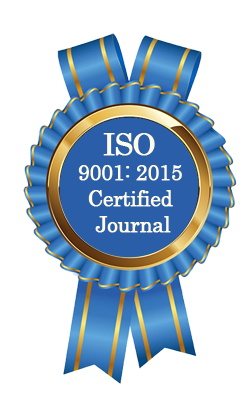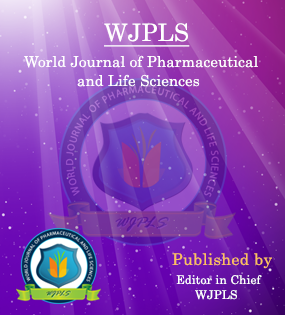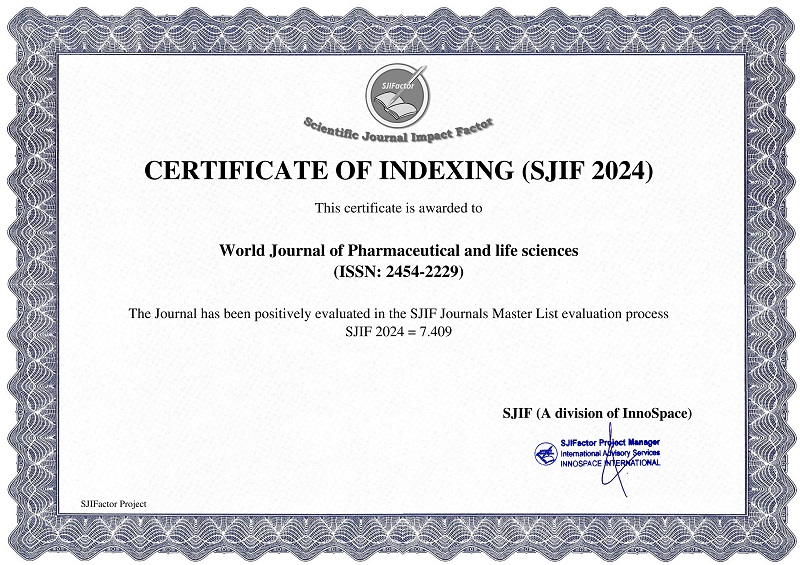Abstract
DETECTION OF PODOPHYLLOTOXIN FROM CALLUS CULTURE OF PODOPHYLLUM HEXANDRUM
Ahmad Rizwan*, Sharma Saurabh, Sharma Satish K, Kumar Vishal, Bari Darakhshan G. and Verma Chhavi
ABSTRACT
Podophyllum hexandrum Royle is an endangered medicinal plant. Rhizomes of Podophyllum hexandrum Contain several lignans which possess antitumour activity. Podophyllotoxin is the most active cytotoxic natural product. It is used as starting compound for the synthesis of anticancer drug etoposide and teniposide, which are used in the treatment of various types of cancer. Besides this, it also shows antiviral activities. Availability of Podophyllotoxin from plants has its limitations because of its intense collection from nature and lack of organized cultivation. The chemical synthesis of Podophyllotoxin is considered to be very complicated. The use of biotechnological approaches for the production podophyllotoxin using tissue cultures is an attractive alternative for production of Podophyllotoxin The present paper discuss In Vitro propagation of podophyllum hexandrum. Callus cultures have been established from root explants of aseptically grown Podophyllum hexandrum seedlings. A fully defined MS medium supplemented with Naphthalene acetic acid and 6-benzylaminopurine were effective for both initiation and sustained growth of callus tissue. The relative proportion of callus were markedly influenced by presence of plant growth regulators .The relative proportions of Podophyllotoxin in Cultivated root and callus was estimated by HPLC and HPTLC.
[Full Text Article] [Download Certificate]WJPLS CITATION 
| All | Since 2020 | |
| Citation | 590 | 424 |
| h-index | 12 | 10 |
| i10-index | 17 | 14 |
INDEXING
NEWS & UPDATION
BEST ARTICLE AWARDS
World Journal of Pharmaceutical and life sciences is giving Best Article Award in every Issue for Best Article and Issue Certificate of Appreciation to the Authors to promote research activity of scholar.
Best Article of current issue
Download Article : Click here





